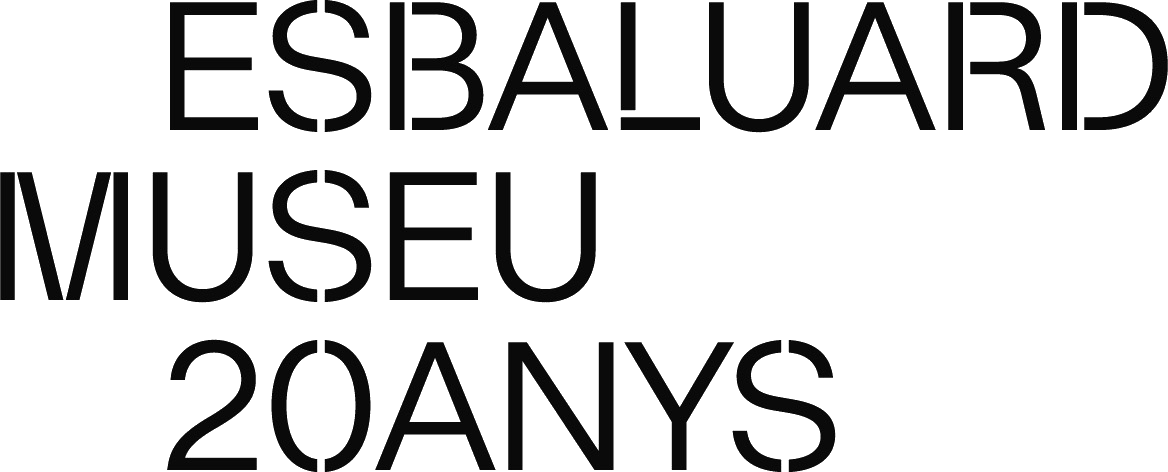Daniel Canogar lives and works in Madrid. He studied Image Sciences at the Universidad Complutense de Madrid and obtained an MA, specializing in photography, from the New York University/International Center for Photography, New York. Ever since he started out he has worked combining photos and light projections referring to the human body, in order to analyse its behaviour through visible fragments such as the face and hands or by exhibiting its internal construction using images of cells, always with neutral media such as methacrylate, optical fibre or light projections.
Daniel Canogar’s projects and artistic research deal with the relationship established between man and technology and reflect on how this technology conditions the way in which we relate to the world and to our own body. His most recent installations have been created by recycling scrap technological material, like telephone and electricity wires or videotapes and DVDs, as a way of developing his research on the limited lifespan of the technological medium and enabling the reanimation of all this waste material, conceived as a symbol of our culture, which becomes part of the collective memory.
His prolific career includes a variety of different publications and essays on the architecture of the image, contemporary photography and new artistic media, as well as extensive participation in exhibition projects both in Spain and abroad: Fundación Arte y Tecnología in Madrid (1995), Centre d’Art Santa Mònica, Barcelona (2002), Fundación Telefónica, Madrid (2003), Centre d’Art La Panera, Lleida (2005), Fundació “Sa Nostra”, Ibiza, Ciudadela-Mahón, Palma (2006), CAC Málaga (2007), Es Baluard Museu d’Art Modern i Contemporani de Palma (2008), Casal Solleric, Espai Quatre, Palma (2010), Museum of Natural History of New York (2009), Neues Museum Weimar (2011) and Fundación Canal de Isabel II, Madrid (2011), among others.
His work is an integral part of the permanent collections of museums and institutions such as the Museo Nacional Centro de Arte Reina Sofía, Madrid, Artium de Álava, Vitoria, the Musée d’art contemporain of Lyons, the Museo de Arte Contemporáneo de Gas Natural Unión Fenosa, La Coruña, the Fonds national d’art contemporain, Paris, the Museo de Arte Contemporáneo de Castilla y León, Leon and the Helga de Alvear Collection.
E.B.



